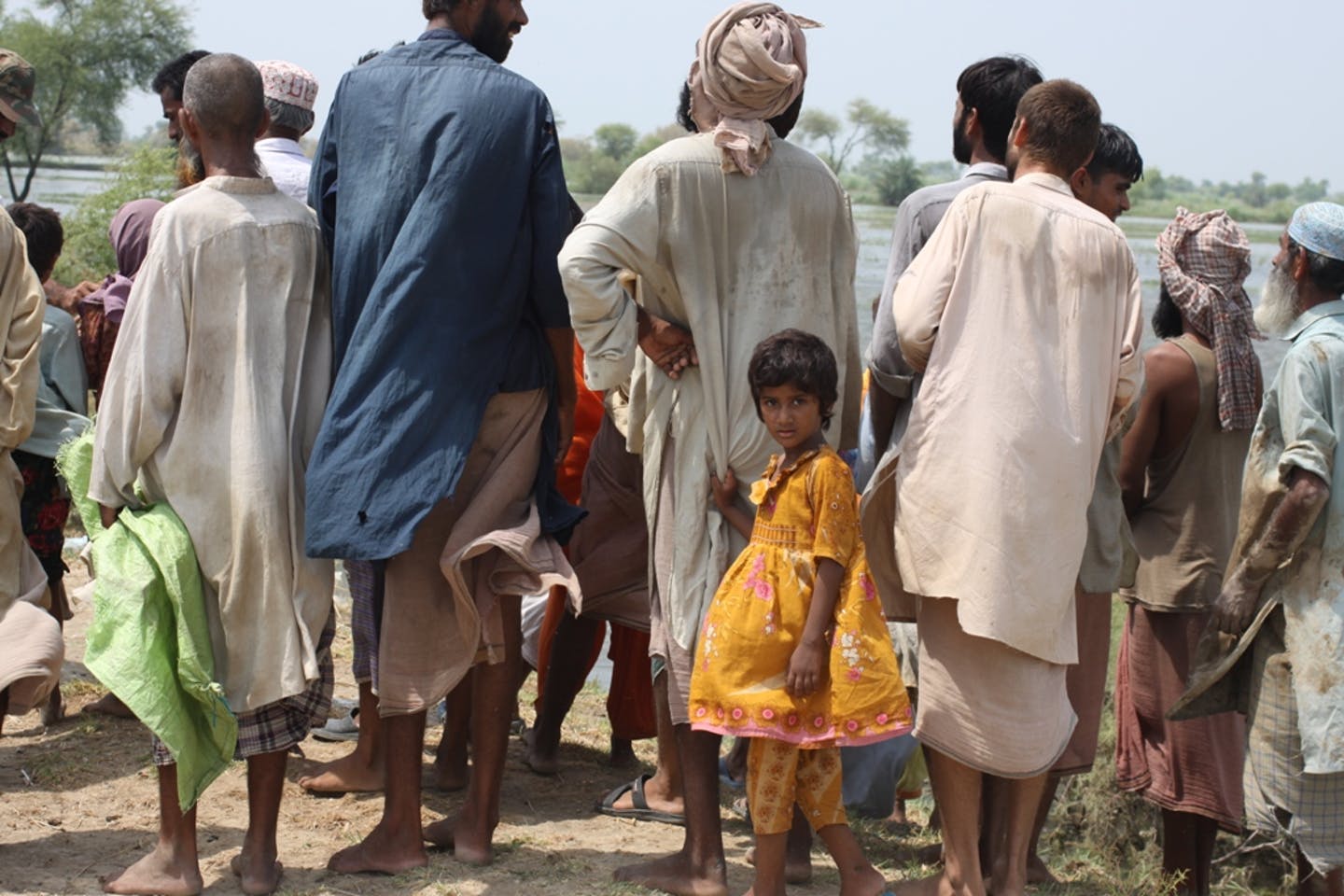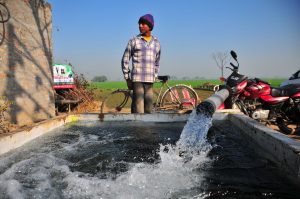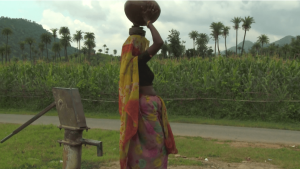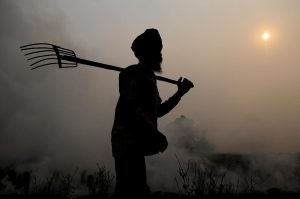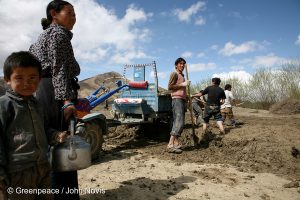Saeeda bibi is a mother of six who lives in a small village in Charsadda, Pakistan’s northern Khyber Pakhtun Khwa province. Her husband earns about US$120 per month as a daily wage labourer. Almost every monsoon season, their neighbourhood is flooded, damaging infrastructure and disrupting daily life for months.
By now, it is clear flooding and other such extreme events are here to stay. Therefore Saeeda bibi and millions like her in Pakistan need support so that they can become self-sufficient in adapting to the challenges posed by floods and other such events.
Next week, more than 190 country representatives will head to Paris to negotiate a new global deal for tackling climate change at the UN summit. In preparation, many countries have submitted their action plans that will contribute to this global ambition of reducing greenhouse gas emissions.
Pakistan’s plan, however, says it is currently not in a position to contribute to the global emission reduction targets. Instead it will focus on how it helps its vulnerable communities to cope with the impacts of climate change. While I will refrain from discussing the demerits of such a decision, I will focus on the status of adaptation in Pakistan.
Why adaptation is important for Pakistan
Pakistan, a country increasingly exposed to disasters, is trying to cope with the impacts of climate change and extreme weather, but has a long way to go due to its low technical and financial capacity.
Meanwhile, however, international discourse is moving along. Countries are discussing how lives are still being lost to climate catastrophes, resulting in irreplaceable losses. This is forcing people to rethink how climate change is being tackled.
The idea of ‘loss and damage’ – that countries or vulnerable communities should be compensated for the losses incurred by extreme weather events – will likely be the defining part of the future response to climate change. For Pakistan this means a number of actions: identifying and prioritising key hazards and understanding the socio economic vulnerabilities of its people in order to calculate risks. Some of these actions have already been taken in different parts of the country but there is no uniform methodology that can help identify current issues and future challenges.
Once there is a clear sense of what is at stake, Pakistan will be in a position to start sketching out its National Adaptation Plan (NAP) – an international process established for all developing countries as a means of identifying medium- and long-term adaptation needs. This process is designed to be a country-driven, participatory process and will need to include the new narrative on loss and damage as well.
How should Pakistan plan?
Pakistan prepared its National Climate Change Policy in 2012 which cover the broad issues that Pakistan faces due to the changing climate. As one of the smallest carbon emitters, the country’s policy primarily focuses on adaptation efforts rather than mitigation. It takes a sectoral approach, suggesting policy measures for water, agriculture and livestock, forestry and biodiversity. However, little has been done to implement this policy and there has been little progress on the ground.
Also read: Pakistan court orders government to enforce climate law
Part of the reason may be that the policy was developed at a national level before the mandate was moved to the provinces. While some of the provinces are making plans – such as the reforestation drive and hydropower generation in Khyber Pakhtunkhwa and the solar power plant in Punjab – these standalone efforts have not been mainstreamed into development plans. With the current government’s major focus on infrastructure, it becomes even more important to do so.
Where is the money?
Developing countries say financial constraint is one of the key challenges that prevent them from adapting to climate change. The UN system established an Adaptation Fund in 2001 precisely to drum up such support but it seems to have dried out for a number of reasons.
However, the Green Climate Fund (GCF) also established under the UN system currently has been pledged US$10.2 billion to support mitigation and adaptation initiatives. Earlier in November, it approved its first 8 projects in countries such as Bangladesh, Malawi, Fiji, and Maldives. The GCF will now accept applications on a rolling basis and provides support for improving project ideas before being put forward for approval.
While Pakistan is way behind in designing any project that could secure funding from the GCF, it is one of the 17 countries currently receiving support from the Fund’s Readiness Programme – designed to help countries understand what systems need to be established to access the fund.
There is money out there for Pakistan, however, the country lacks an overall plan of what is required, how to prioritise, what to request international support for, and what to deliver through domestic funds. Pakistan has to take charge of its problems if it wants to prevent hazards turning into disasters.
